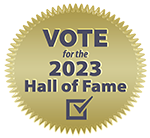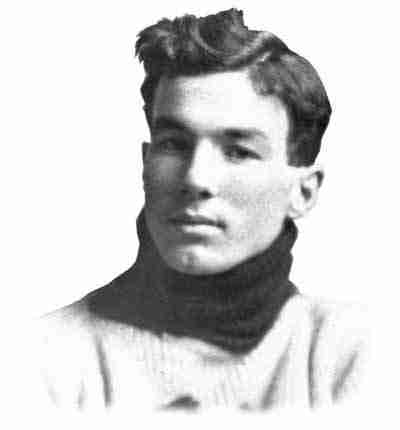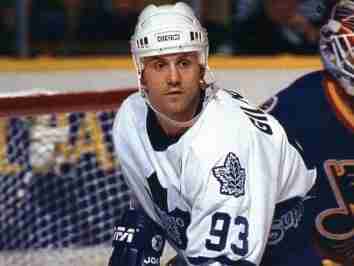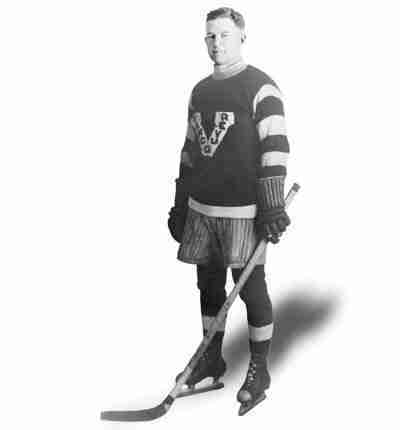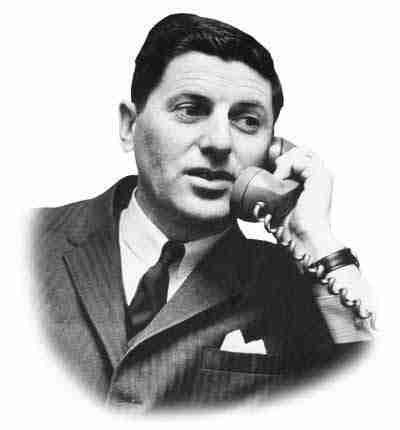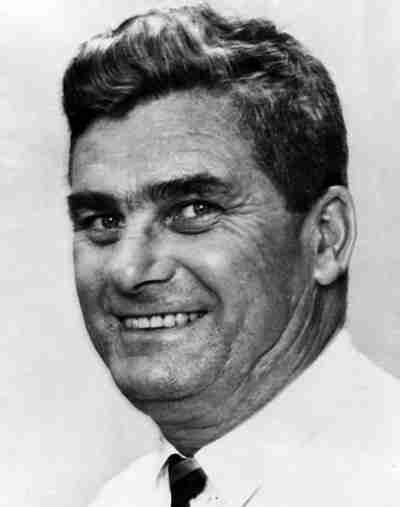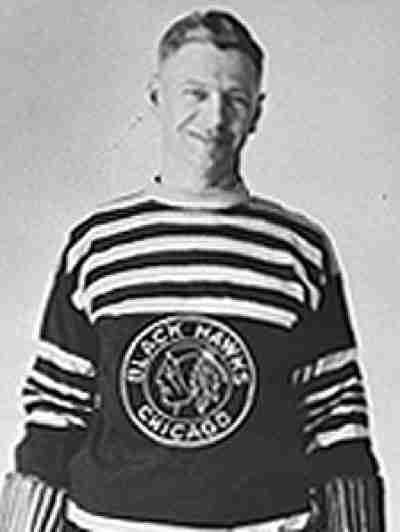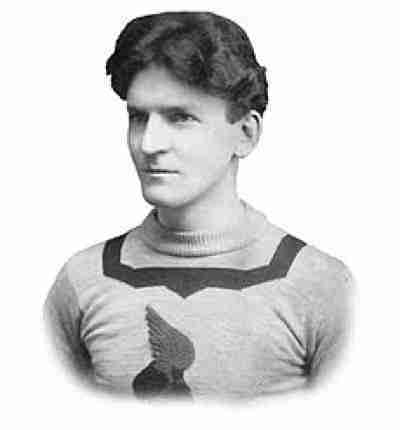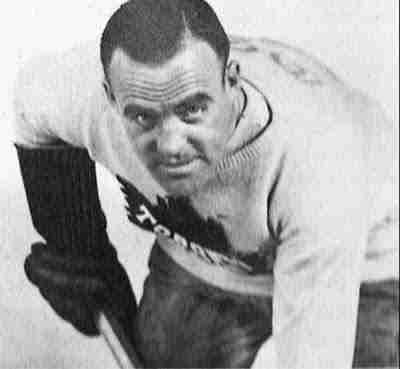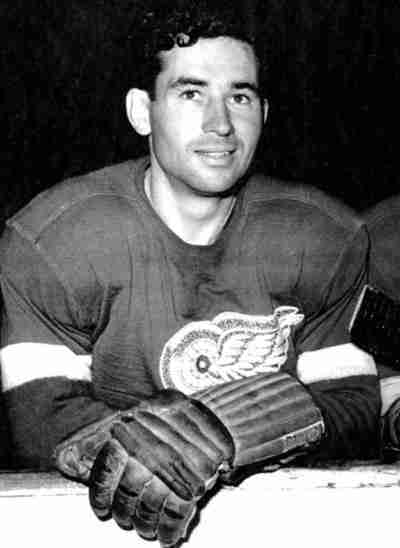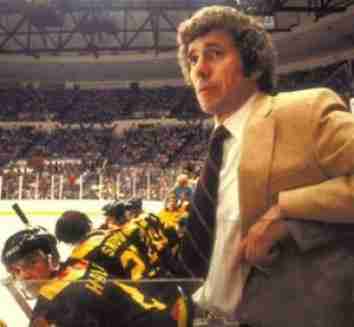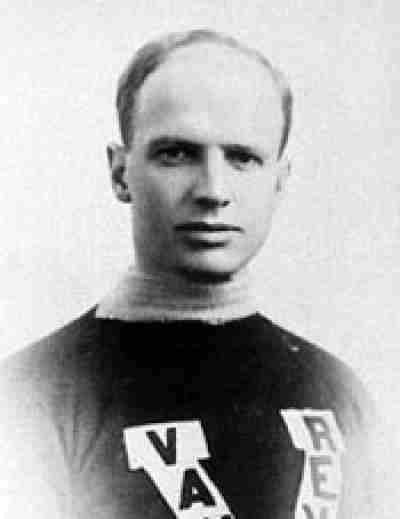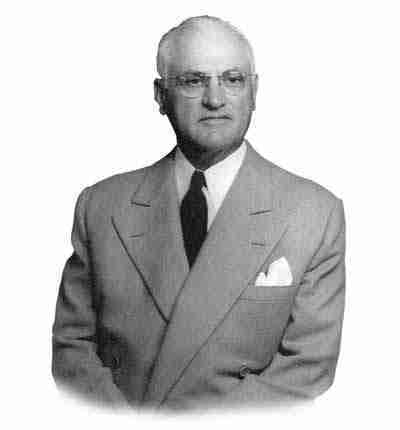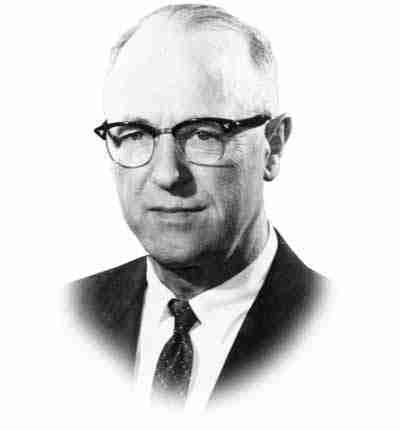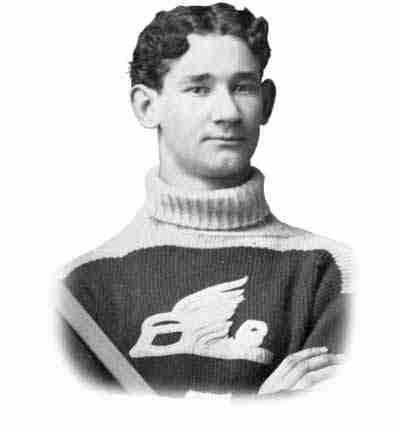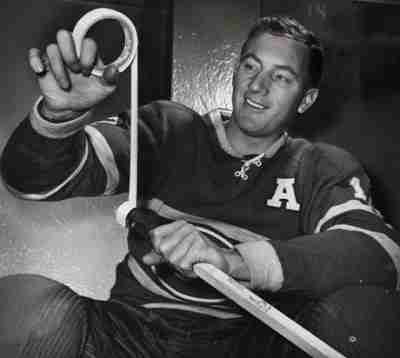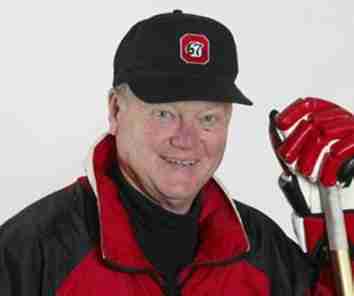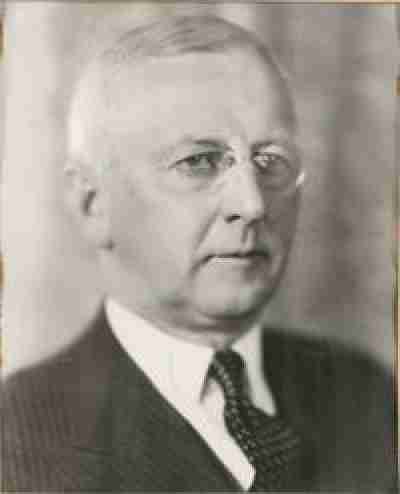Current Hockey Hall of Fame Inductees (383)
Outside of the province of Ontario, how many people are aware of the city of Kingston? Let’s take that a step further. How many outside of Canada know about this place? We will wager that it isn’t a lot, and those that answer that they heard of it, probably are thinking of the version in Jamaica instead. Now had this city on the Northeastern corner of Lake Ontario remained the home of the Hockey Hall of Fame would it have developed a bit of an international flair or enhanced reputation? Maybe it would have been more of a staple of “Canadiana”, as Kingston is the home of the First Canadian Prime Minister, and the unofficial band of Canada, The Tragically Hip. Stands to reason that it would have been a great fit for the unofficial sport of Canada (it is actually lacrosse) and the official passion of the country.With the launch of the Baseball Hall of Fame, the sport of hockey looked to follow suit. Its biggest league, The National Hockey League had a core of seven teams (which was pared down to six in 1942, when the New York Americans suspended operations) was a healthy organization, and though it was only relevant in cold weather climates, it was a sport that already had a long history, and the coveted Stanley Cup; which was then (and still is) the most impressive trophy in the entire sporting world.
The biggest proponent of an institution recognizing hockey excellence was a Canadian named James T. Sutherland. Born in 1870 (in Kingston naturally), Sutherland played as much hockey as he could and was a member of the Athletic Club of Kingston which was part of what was believed to be the first organized league the sport had. He would later form the Kingston Frontenacs, who would participate in the Ontario Hockey Association and would eventually become the Leagues president. Captain Sutherland (a rank he would achieve serving for Canada in World War I) would create the Memorial Cup; a trophy honoring those who fought in the Great War and to be given to the top Junior team in Canada. Incidentally, this is still the same trophy given to the team that wins the post season tournament in the Juniors in Canada.
Once the National Hockey League and the Canadian Amateur Hockey Association agreed to mutually put together a Hall, Sutherland (who had also served as the President of the CAHA) fought for Kingston to be its home. It was not just because he was a native of the city, but because he legitimately believed that Kingston was the rightful birth of modern hockey (which is near impossible to prove). Regardless of where hockey began, Kingston was to be pegged as its home.
Although construction had yet to begin on the facility, the first class was selected in 1945 which inducted nine players. It also had a “Builders” category which honored those who helped develop the game. As we look at those who are inducted to this institution, we will do so chronologically. Let’s take a ride on Hockey’s highway shall we?
It is very possible that Art Ross may have done enough to enter the Hockey Hall of Fame just for his on ice endeavors, or even enough on his off ice ones. Seriously, he was that important to the game.
Bob Gainey many not have appeared on any end of year top ten offensive statistical lists, but that was not was Bob Gainey was asked to do. He spent his entire career with the Montreal Canadians and though he had “only” 501 career points, it was the thousand plus that he prevented that made him special. Bob Gainey won the Frank J. Selke Award which…
Although Doug Gilmour was undersized, the man dubbed “Killer” became one of the most popular players in the National Hockey League due to his tenacious and feisty play. However, Gilmour was not just ferocious, as he was an effective playmaker who three times hit the 100 points mark in a season and was twice the runner up for the most assists. Gilmour was also a…
The only man who is on the Stanley Cup as a player, Coach and a General Manager, Jack Adams may have been inducted as a player in 1959, but if the Hall allowed for multiple inductions, Adams would have been enshrined as many times as he appears on the Cup.
The amount of roles that Brian O’Neill seemed to have in the National Hockey League was staggering. He became the Director of Administration in 1966 and helped to oversee the 1967 Expansion and prepared the expanded schedule. O’Neill would later become an Executive Director and helped with the continued expansion. After the retirement of Clarence Campbell, he was named the Executive Vice President and took…
Gordon Juckes served Hockey very well in his native province of Saskatchewan and beyond. After World War II, Juckes worked for the local Saskatchewan amateur teams and eventually ascended to the Presidency of the Saskatchewan Senior League and then later the Saskatchewan Amateur Hockey Association. He would transfer his skills to the Canadian Amateur Hockey Association where he would also have a run as its President.…
Although he did have four seasons in the NHL (culminating in a Stanley Cup win with Boston in his final season), Mickey MacKay made his biggest dent in the PCHL where he was a solid goal scorer and helped the Vancouver Millionaires win the Stanley Cup in 1915. After starring out west for years he wound down his career in the NHL, and though he was…
Gump Worsley (and again, this is a name we absolutely love) may have lost more games than he won in the NHL, but that is widely due to being on some awful teams, in which he was still praised by fans for keeping those squads as competitive as they were. Gump did play for some abysmal teams in the 50’s, but in the 60’s he found…
Harry Trihey was a star forward for the Montreal Shamrocks at the turn of the century at a time when they dominated the Stanley Cup. Trihey’s biggest contribution to the sport of Hockey was getting his defencemen to rush the puck instead of simply shooting the puck in the air automatically. His strategic innovations alone make him Hall of Fame material.
King Clancy’s overall career in hockey is staggering. A very good defenceman for the Ottawa Senators and the Toronto Maple Leafs, Clancy was a three time Stanley Cup winner and a four time Post Season All Star (two on the first team, two on the second) and was a fan favorite for his tenacious and feisty play. After his career on the ice ended, he…
“Black” Jack Stewart was named rough play and powerful bodychecks. Stewart was a stabilizing force for the Detroit Red Wings in two championship seasons and was named to three First Season All Star Teams. Stewart was not only tough, but was an intelligent player as he rarely made any mistakes in his end and was near perfect at clearing the puck. He may not have been…
Another player from the inaugural Hockey Hall of Fame class from Ottawa, Hod Stuart may have played on multiple teams for various leagues, but don’t confuse him for a journeyman. Stuart was a star defenseman everywhere he went, and like many in his day was a very good athlete in other sports (Stuart also played football with the Ottawa Rough Riders). By all accounts, he was…
Roger Neilson never won the Stanley Cup, nor was he ever named the Jack Adams Trophy winner for NHL Coach of the Year. Actually, Neilson bounced around as the bench boss for several National Hockey League teams during his career. It would appear on the surface that his induction is not exactly warranted, and the sympathy that he got throughout Hockey fans for his courageous…
A gifted skater, Si Griffis transcended effortlessly from the seven man to six man game. Initially a Rover, Griffis moved to Defence and was among the best in his day. The American born (yet Canadian raised) player first became a star in Northwest Ontario leading the Rat Portage (later Kenora) Thistles to prominence leading them to Stanley Cup in 1907. Later, he would ply his trade…
In 1921, Leo Dandurand and his partners purchased the Montreal Canadians. For fourteen years, Dandurand not only owned the franchise, but served as the club’s General Manager and occasional Coach. Under his watch, Montreal captured three Stanley Cups in 1924, 1930 & 1931. Dandurand sold the team in 1935.
Born in Canada, Al Leader moved to the United States and eventually worked his way to Seattle, Washington and became an on ice official and administrator for the Seattle City Hockey League. He would also Coach and General Manage teams within the league and by 1940, he would form the Defense Hockey League which comprised of five teams in Seattle and Portland, and later he would…
One of the first players to turn professional, Oliver Seibert was a local legend in the Berlin (Kitchener) area. He was alleged to be one of the first players to use a wrist shot, and he was a prolific goal scorer in the old Western Ontario Hockey Association. Seibert turned professional in 1904 when he joined the Canadian Soo. His son, Earl Seibert would also become…
Dickie Moore was a big part of that loaded Montreal Canadians dynasty of the late 1950’s. On the same line with the Richard brothers (Maurice & Henri), Moore was not just along for the ride as he was a two time Art Ross Trophy winner for leading the National Hockey League in scoring. Moore was not just a goal scorer and a playmaker as he was…
“The Killer” Brian Kilrea did not have much of a career as a player in the National Hockey League (though he does have the distinction of scoring the first ever goal for the Los Angeles Kings), but it was his role as a coach in the Ontario Hockey League that truly made him a name. Kilrea would spend most of his coaching career in Ottawa…
Initially a sportswriter whose true passion was hockey, W.A. Hewitt would become the secretary of the Ontario Hockey association; a position he would hold for nearly sixty years. He would also manage three teams for Canada to successive Gold Medals in the Olympics. Hewitt was a vital part of hockey’s growth in Toronto and was the longtime Manager of Attractions of the new Maple Leaf Gardens.

